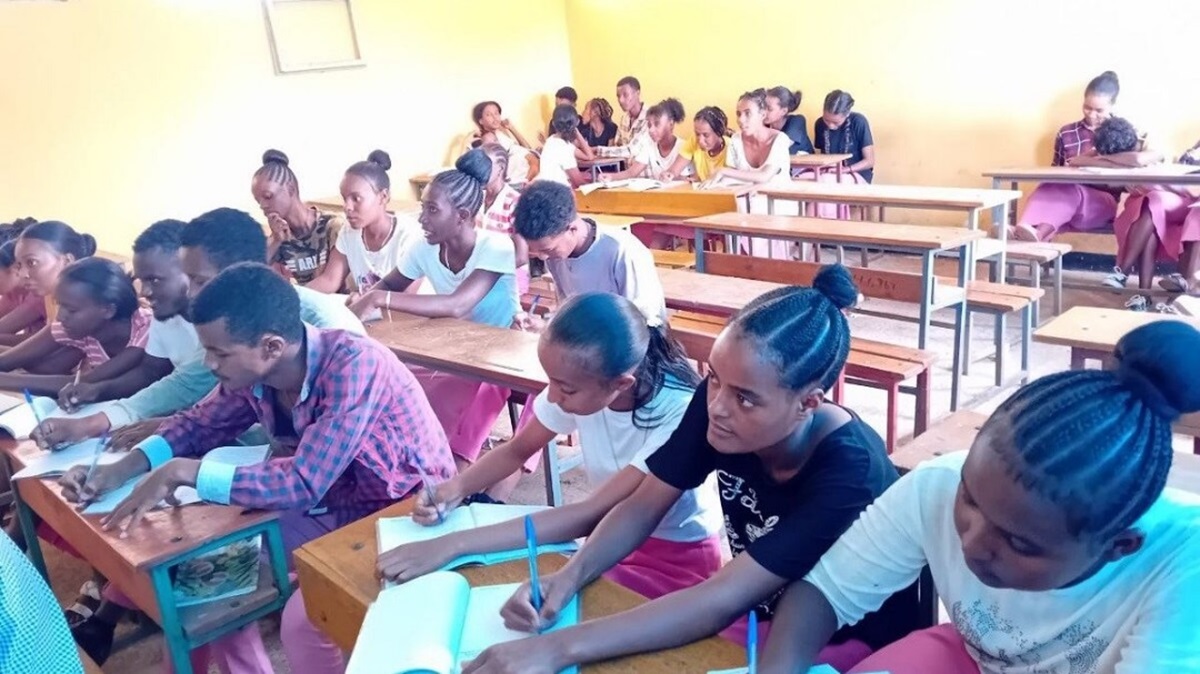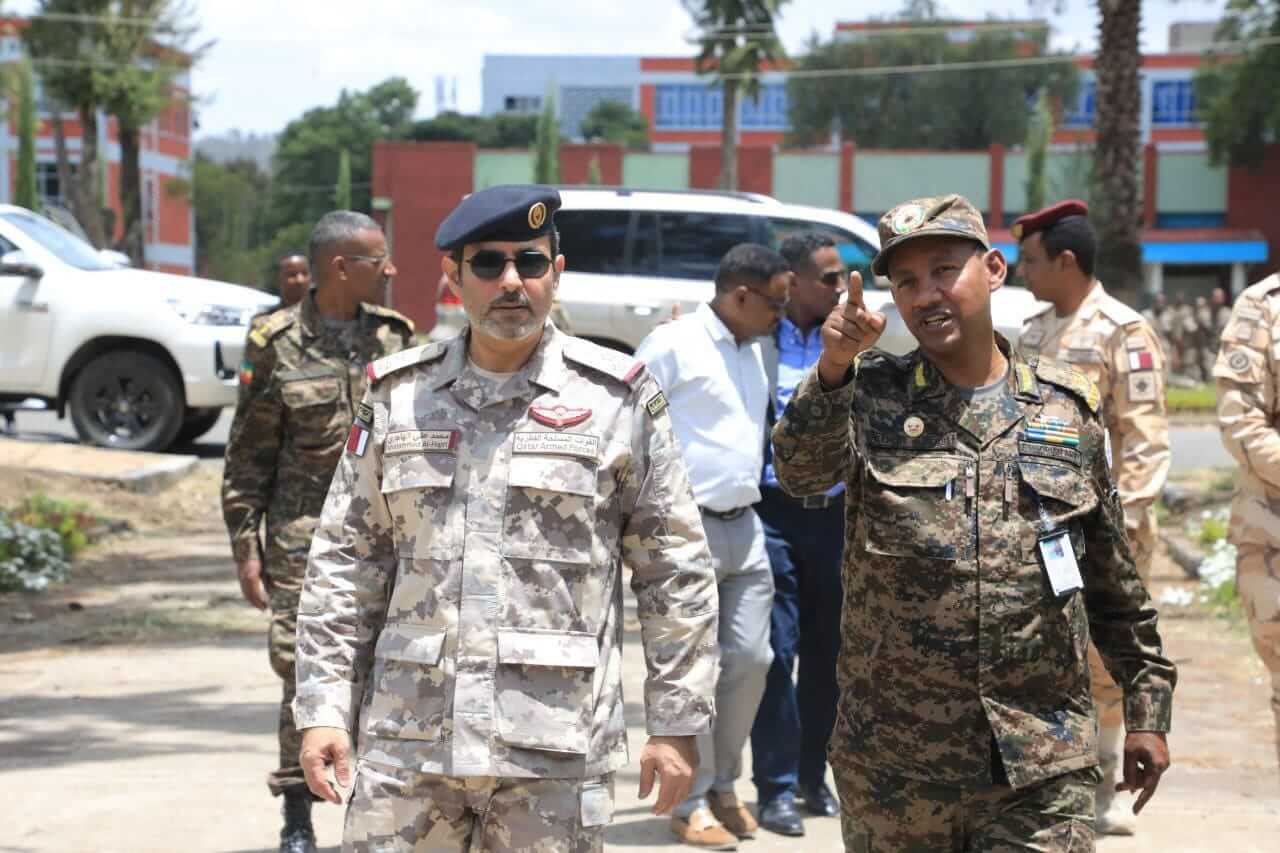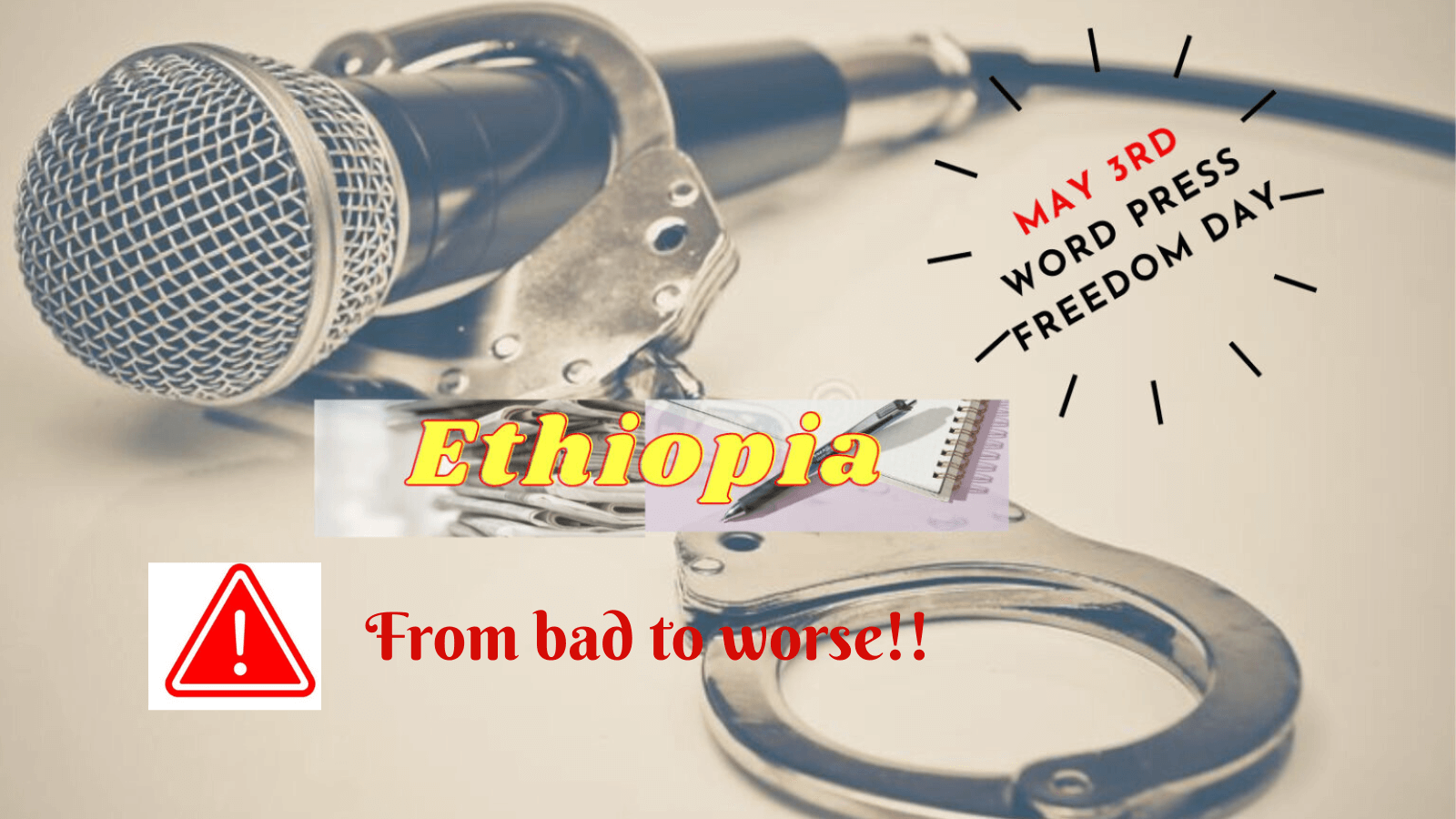
By Fraol Bersissa @FiraolBer
Addis Abeba: A conflict hotspot in the Benishangul-Gumuz region, Metekel has seen an escalation of violence since 2020 that has resulted in mass displacements, indiscriminate killings, and property damage. The first attack in September 2020 left scores dead; displacing over 300, according to accounts by the then woreda administrator.
There has been an alarming increase in violence in the area over the past two years. This has made life for residents coming from diverse ethnic backgrounds, including Amhara, Oromo, Shinasha, Gumuz, and Agew, extremely difficult. While it is difficult to determine the exact number of casualties and who was responsible, it is fair to conclude that “unknown armed entities” have taken and continue to take the lives of many people in the region due to violence against the civilian population. It is estimated that about half of the 1.2 million people have been displaced, according to the United Nations Office for the Coordination of Humanitarian Affairs (UNOCHA). Statistically, Metekel has the highest number of displacements with 315,000 IDPS, 790,00 and 66,000 are also displaced in Kamashi and Assosa & Mao Komo Special Woreda, respectively, the UN Agency added.
A military command post was established following the first round of 2020 attacks; it remains in place as violence has not subsided to a comforting degree. The intensification of attacks brought forth a new form of dynamics whereby regional special forces from other regional states, neighboring Benishangul or otherwise, such as the Amhara, Sidama, SNNPR, and Gambella regional special forces were deployed and set to operate under the auspices of the already-existing command post.
Providing humanitarian assistance has been a big hurdle in the region, majorly emanating from the prevailing instability. The United Nations Office for the Coordination of Humanitarian Affairs (UNOCHA) provided an assessment of Ethiopia from the month of January-June 2022, stating obstacles to humanitarian relief efforts in the Benishangul-Gumuz Region result from insecurity, deficiency of funding, and a lack of partners.
In a continuing manner of seeking a panacea for unabating violence in Metekel, Benishangul Gumuz, efforts have been undertaken to table a solution, albeit with a track record of lacking sustainability, including very recently, as testified in the following paragraphs. Space has emerged for conceiving such a notion taken by the improved state of security within the Metekel zone, which OCHA has said led to the 100, 000 IDPs returning to their homes.
An event highlighting inter-communal relationships in the adjacent Dangur and Pawi kebeles of Metekel zone. Following the violence that erupted in the adjoining area, a traditional reconciliation ceremony was observed. Deputy Zonal administrator, Tsehay Guyo, underlined that peace was not an alternative to forsaking, and as such, people must forgive and move forward to maintain the acquired peace. ‘Forgiveness is a big bridge in returning to peace despite past wounds.’ He added. The ceremony, which is not a first for Metekel, was attended by high-level woreda and zonal officials, elders from the adjacent kebeles, religious figures, and high-ranking officers from the Ethiopian National Defense Forces(ENDF).
Similarly, in what seems to be an understanding by the zonal administration as to the gradual shift towards pacification of violence in Metekel, it stated that 35 individuals from/associated with ‘anti-peace groups’ surrendered to Wanbara woreda administration along with 11 Kalashnikovs and 2 grenades. The Deputy woreda administrator, Gamada Dugaz, said ‘’the surrendering group understood that all-depreciating war was never an answer, and paid heed to the government’s call to put down their arms, signifying your intent for peace. ‘’ Over 165 ‘anti-peace militants’ accepted the government’s call to lay down their arms, according to the zonal communications bureau.
Furthermore, the Metekel zonal communication bureau posted on its Facebook page on 21 July, that assistance was needed for IDPs sheltered in temporary camps. Referring to the over 8000 people, who fled from Dangur woreda, sheltered at the Aysika kebele center, Gashu Dygaz, chief administrator of the Metekel zone, urged concerned bodies to make their due contributions towards providing temporary and emergency aid in addition to rehabilitating these evictees. ‘’Displacees from 6 kebeles within the woreda currently housed in the Aysika center cited daily shortages of food exposing mothers and children to severe dilemmas and requested for humanitarian and medical assistance ’’, read the communication bureau appeal. The Dangur woreda is one of the most violently challenged woredas in Metekel, culminating in the arrest of the Peace and Security Chief of Dangur Woreda due to what was said to be negligence in taking precautions for an attack, despite warnings from Dangur’s chief administrator.
There have been multiple attempts at restoring the broken peace in Metekel from military strategies which also involved arming the local population for self-defense to direct military confrontations with groups described as ‘anti-peace’ to engaging militants to give up their arms in exchange for reintegration into the society as well as appointments to local office to bring a ‘lasting solution’ to the insecurity. Worsening the situation is also a humanitarian need, as documented above, making the issue a multi-faceted obstacle to peace in the zone and overall region.
More recently local communications were reporting that militants numbering a few hundred were surrendering, heeding the call to disarm, for instance, in Dangur Wereda, where 246 individuals disarmed, according to Metekel Zonal Communications Bureau. There also seems to be an interest in presenting a post-conflict scenario of rebuilding. Assosa University was stated to be conducting a study to assess the damage caused by the years of insecurity and also estimate figures needed for the rebuilding project.
More than 475,384 were said to have been displaced as a result of the conflict. Following the completion of the study, the regional government would evaluate its authenticity of it and coordinate with federal authorities to initiate the reconstruction efforts, it was added. However, stark differences exist in realities across other areas like Kamashi (where assistance has ceased since April), Assosa, and Mao Komo woredas, where insecurity and clashes between Unidentified Armed Groups (UAVs) have inhibited the return of the displaced, provision of relief aid and even the relocation of refugee camps. Thus, whether the latest attempts at pacification of violence or prospective of post-violence will be successful is something that must be left to time to be answered.AS








